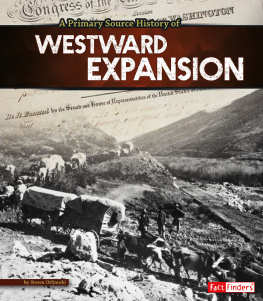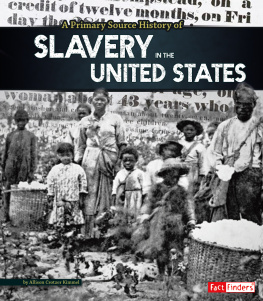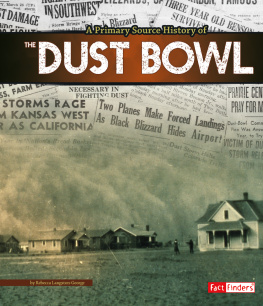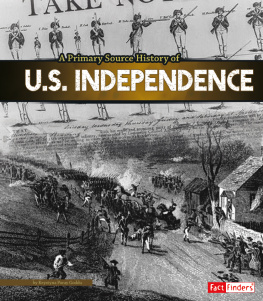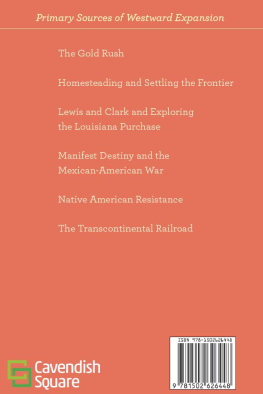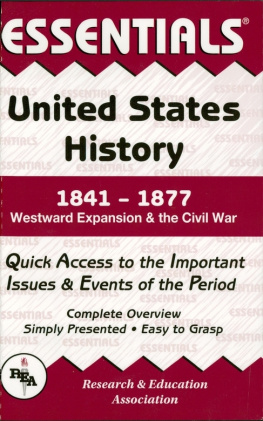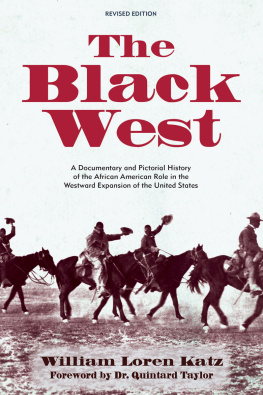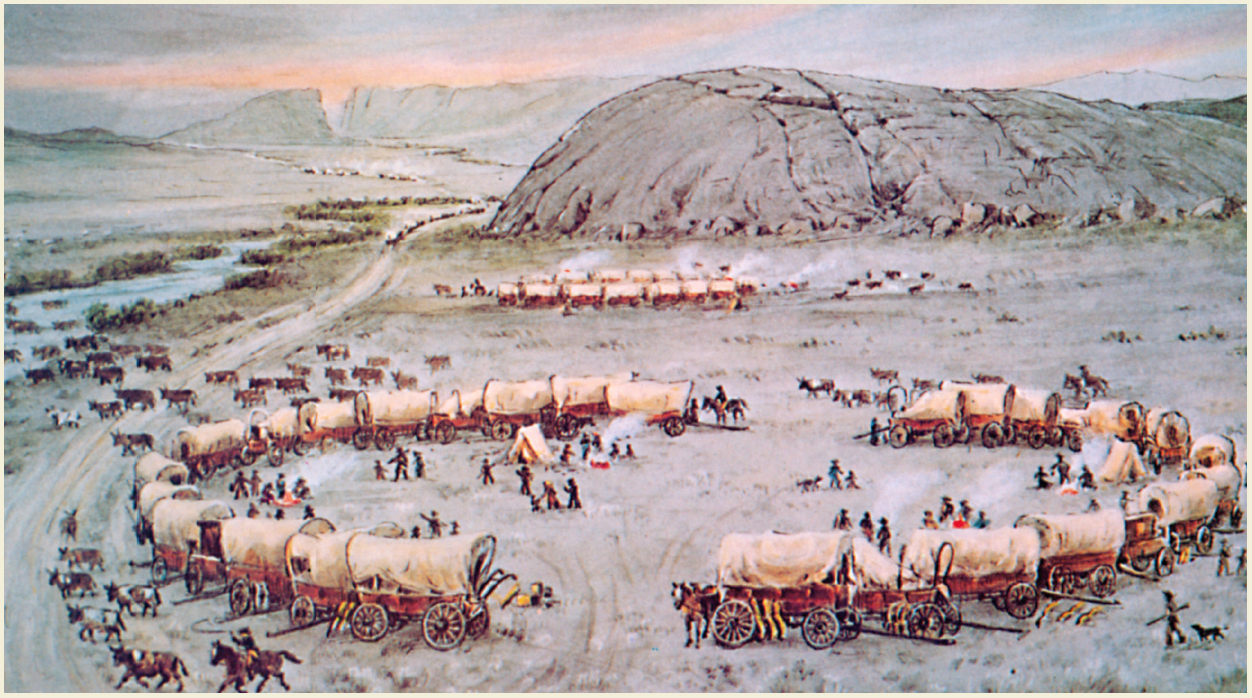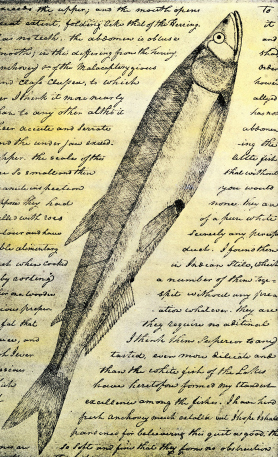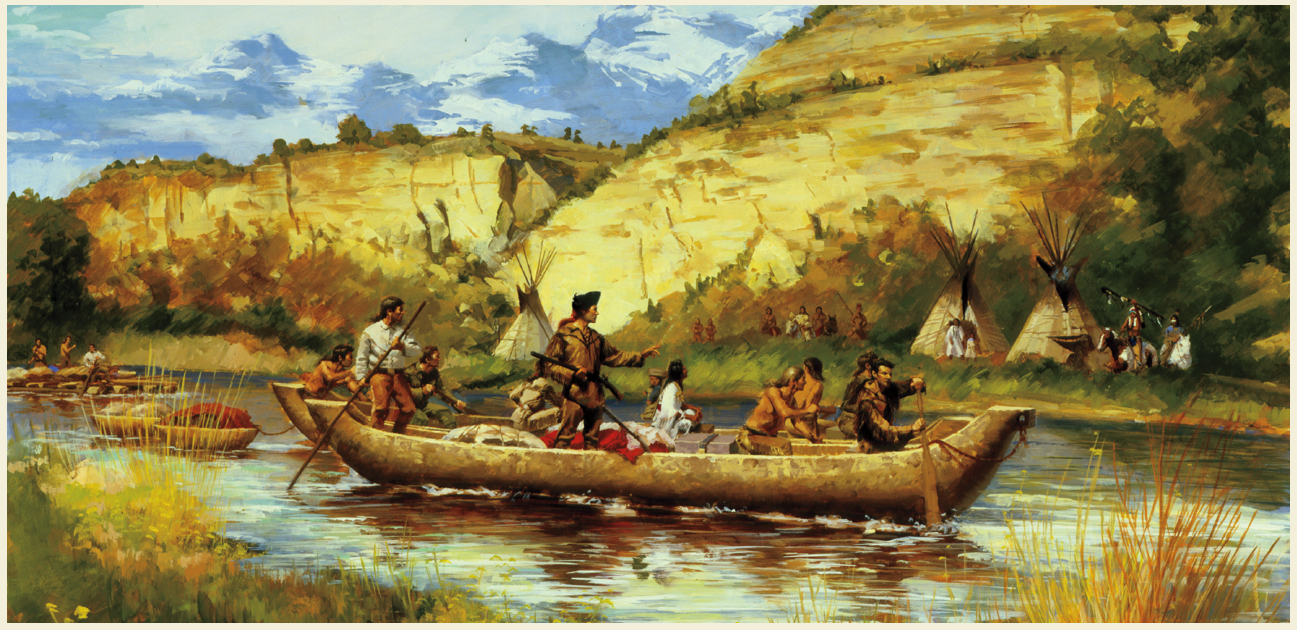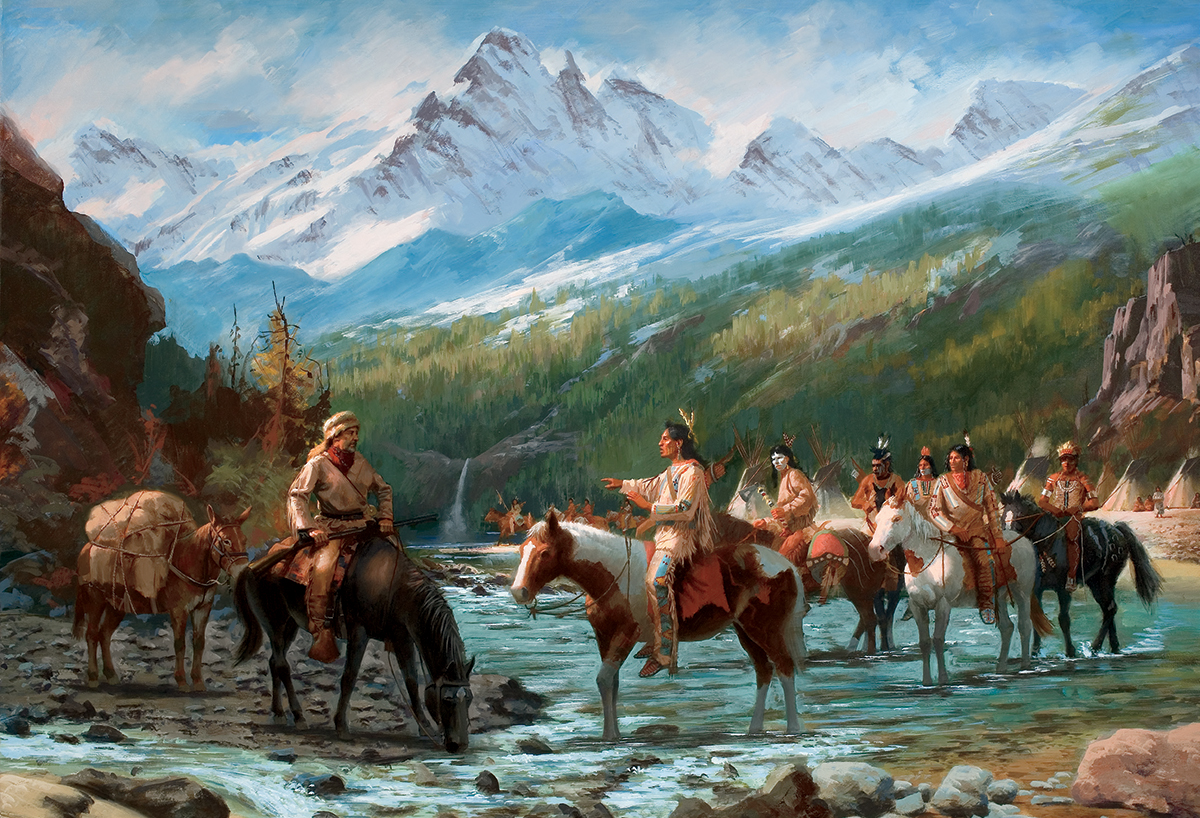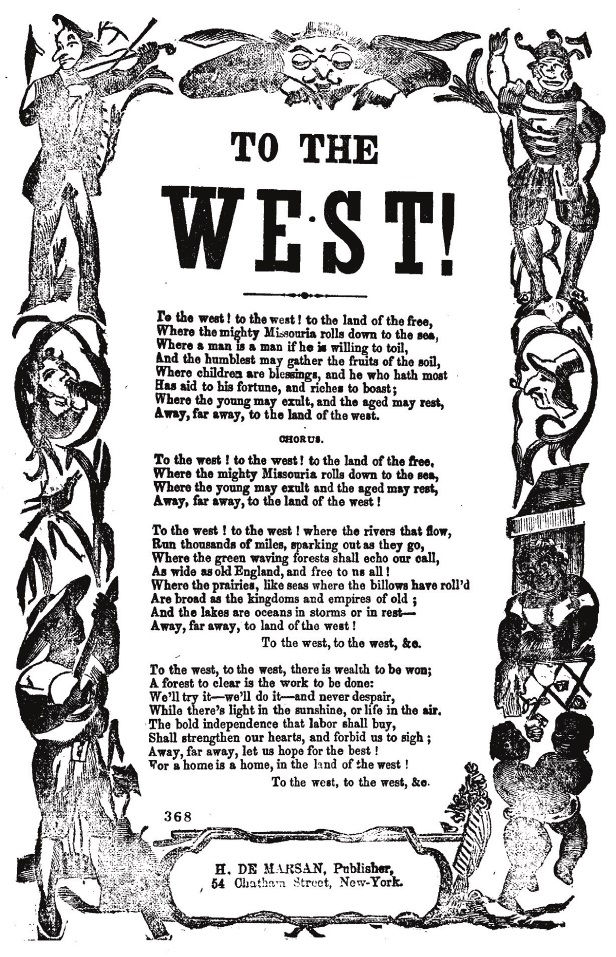SELECTED BIBLIOGRAPHY
- Breen, Patrick. The Diary of Patrick Breen. Online by PBS. http://www.pbs.org/wgbh/americanexperience/features/primary-resources/donner-diary-patrick-breen/
- Hampshire, Annette P. Thomas Sharp and Anti-Mormon Sentiment in Illinois 18421845. Online by Northern Illinois University Libraries Historical Digitization Projects. http://dig.lib.niu.edu/ISHS/ishs1979may/ishs-1979may082.pdf
- Porter, Robert P. Extra Census Bulletin No. 2. Washington D.C. April 20, 1891. Online by the Internet Archive. http://archive.org/stream/extracensusbulle00unit/extracensusbulle00unit_djvu.txt
- Stewart, George R. The California Trail: An Epic with Many Heroes. New York: McGraw-Hill Book Company, Inc., 1962. Online by Internet Archive. https://archive.org/details/californiatraila013595mbp
- Travis, William Barret. Letter from the Alamo. February 24, 1836. Online by the Texas Heritage Society. http://texasheritagesociety.org/The-Travis-Letter-Victory-or-Death.html
- Welsch, Roger L. The Nebraska Soddy. Nebraska History, 1967. Online by Nebraska State Historical Society. http://www.nebraskahistory.org/publish/publicat/history/full-text/NH1967NE_Soddy.pdf
- White, Richard. Its Your Misfortune and None of My Own: A New History of the American West. Norman, Okla.: University of Oklahoma Press, 1991.
- The Young Womans Journal. Salt Lake City: The Deseret News, 1909. http://books.google.com/books?id=qrIUAAAAYAAJ&printsec=frontcover&source=gbs_ge_summary_r&cad=0#v=onepage&q&f=false
GO WEST, YOUNG MAN
Since the first European settlers arrived in Virginia and Massachusetts, Americans have been on the move. First they settled the 13 colonies ruled by the British. With the Revolutionary War (17751783), the American colonists drove the British out and formed states. But as more people came to America, farmland grew scarce. People began to look westward for more land and better opportunities. Westward expansion began in the early 1800s and continued until about 1890. By then the West was settled, and the United States of America stretched from coast to coast.
Newspaper editor Horace Greeley urged Americas youth to look west. Fly, scatter through the countrygo to the Great West, he wrote in The New Yorker in June 1837. Thousands took up the challenge. With the popular phrase Go west, young man echoing in their ears, they headed west.
Thousands of pioneers left their homes and traveled across the dangerous West in search of new lives.
Some went to find land where they could start farms. Others went for riches. Still others went looking for a home where they could worship freely.
But before any of these Americans could travel west, someone had to blaze a trail and show them the way. These were the explorers and adventurers.
EARLY EXPLORERS
Before 1800 France owned much of the western part of North America, known as the Louisiana Territory. French leader Napoleon Bonaparte offered to sell this huge region to the United States for $15 million. President Thomas Jefferson approved the sale in 1803. The Louisiana Purchase is one of the greatest land deals of all time. This purchase added about 828,000 square miles (2,144,000 square kilometers) of land to the United States. The nation doubled in size overnight.
from Lewis journal, February 24, 1806
No one knew what this new land looked like or who lived there. Jefferson sent an , led by Meriwether Lewis and William Clark, to explore the territory all the way to the Pacific Ocean. For two years Lewis, Clark, and their party of about 40 explorers crossed the vast wilderness. They made contact with American Indian tribes, took notes on everything they saw, and collected samples of plants and animals.
The Lewis and Clark expedition inspired many people to think about going west.
... The Shallun or deep purple berry is in form much like the huckkleberry ... the stem or trunk is from three to 10 Inches in circumference irregularly ... the natives either eat these berrys when ripe immediately from the bushes or dryed in the sun ...
from Lewis journal January 26, 1806
The explorers returned home in 1806 and were praised as heroes. Their exploration of the West inspired other Americans to travel there.
THE MOUNTAIN MEN
Some of the young men who traveled with Lewis and Clark didnt return to the East with them. They remained in the wilderness to take up a new tradefur trapping. They were soon joined by other adventurers. The fur of beavers and other animals was used to make mens hats and other fashionable clothes of the day. I started into the mountains with the determination of becoming a first-rate hunter ... and of making the whole profitable to me. said Jedediah Smith.
These adventurous men crossed the Rocky Mountains in their hunt for furs. They came to be called mountain men. Mountain men spent long stretches of time in the wilderness, trapping animals for fur. They also traded for furs with American Indian tribes. Some mountain men even lived with Indians and had Indian wives.
Painted by Jim Carson, this image shows mountain man John Colter (left) meeting the Blackfoot Indians while hunting for fur.
In their travels the mountain men discovered places that no white man had seen before. They went back east with tales of these wondrous places. Mountain man John Colter bragged about a region filled with hidden fires, smoking pits, noxious steams, and smell of brimstone. Most people didnt believe his stories and called this place Colters Hell. Today it is known as Yellowstone National Park.
MANIFEST DESTINY
By 1840 beaver hats fell out of fashion, and the beaver trade began to fade. The day of the mountain men was ending. However, their reports of new lands convinced many Americans to head west. Some mountain men found new work leading wagon trains of pioneers westward on the very same trails they used for trapping.
Some people believed that the urge to move westward was more than a personal need. Many believed that spreading across the country was a duty given to Americans by God. This idea encouraged people to spread across the continent to establish a powerful nation.
Newspaper writer John OSullivan wrote an editorial in the New York Morning News in 1845, explaining the idea. He also gave the idea a name. Away, away with all these cobweb tissues of rights of discovery, exploration, settlement ... our claim to Oregon would still be best and strongest. And that claim is by the right of our manifest destiny to overspread and to possess the whole of the continent which Providence [God] has given us ...

